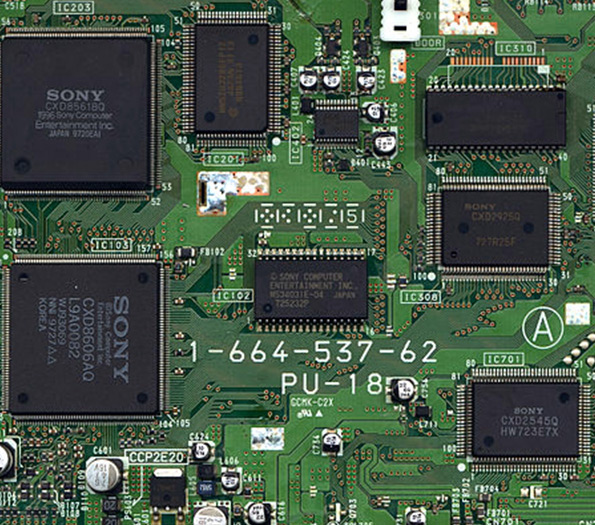

The Rise of Ultra Clear Glass Suppliers
In recent years, the demand for ultra clear glass has surged, driven by its unique properties and applications across various industries. Ultra clear glass, often referred to as low iron glass, boasts a high level of transparency and clarity, making it the preferred choice for architectural projects, high-end displays, and artistic installations. This growing popularity has led to the emergence of specialized suppliers catering specifically to this niche market.
One of the key features of ultra clear glass is its reduced iron content, which significantly minimizes the green tint commonly seen in traditional soda-lime glass. This attribute enhances the visual quality of glass products, allowing for maximum light transmission and color fidelity. As a result, architects and designers are increasingly incorporating this type of glass into their projects, ranging from facades and windows to interior partitions and furniture. The aesthetic appeal and functional advantages of ultra clear glass make it a staple in modern design.
The rise of ultra clear glass suppliers has also been fueled by advancements in manufacturing technologies. These suppliers leverage state-of-the-art production techniques to ensure that their glass meets stringent quality standards. Innovations such as high-precision cutting, polishing, and coating processes have made it possible to produce large sheets of ultra clear glass without compromising on quality. As a result, suppliers can cater to both small-scale projects and large commercial ventures.

In addition to meeting the demands of architects and designers, ultra clear glass suppliers are focusing on sustainability. With a growing emphasis on eco-friendly materials, many suppliers are adopting sustainable practices, such as using recycled materials in the production process and implementing energy-efficient manufacturing methods. This commitment to sustainability appeals to environmentally conscious consumers and reinforces the suppliers’ roles as responsible market players.
Moreover, the competitive landscape in the ultra clear glass supply market is driving innovation. Suppliers are continually finding ways to differentiate their offerings, whether through custom designs, enhanced durability, or advanced optical properties. This competitive edge not only benefits suppliers but also provides customers with an array of options tailored to their specific needs.
In conclusion, the emergence of ultra clear glass suppliers marks a significant trend in the glass industry. With their focus on quality, sustainability, and innovation, these suppliers are well-positioned to meet the growing demand for ultra clear glass in various applications. As the market continues to evolve, it will be exciting to see how these suppliers adapt and innovate to serve an increasingly discerning clientele.